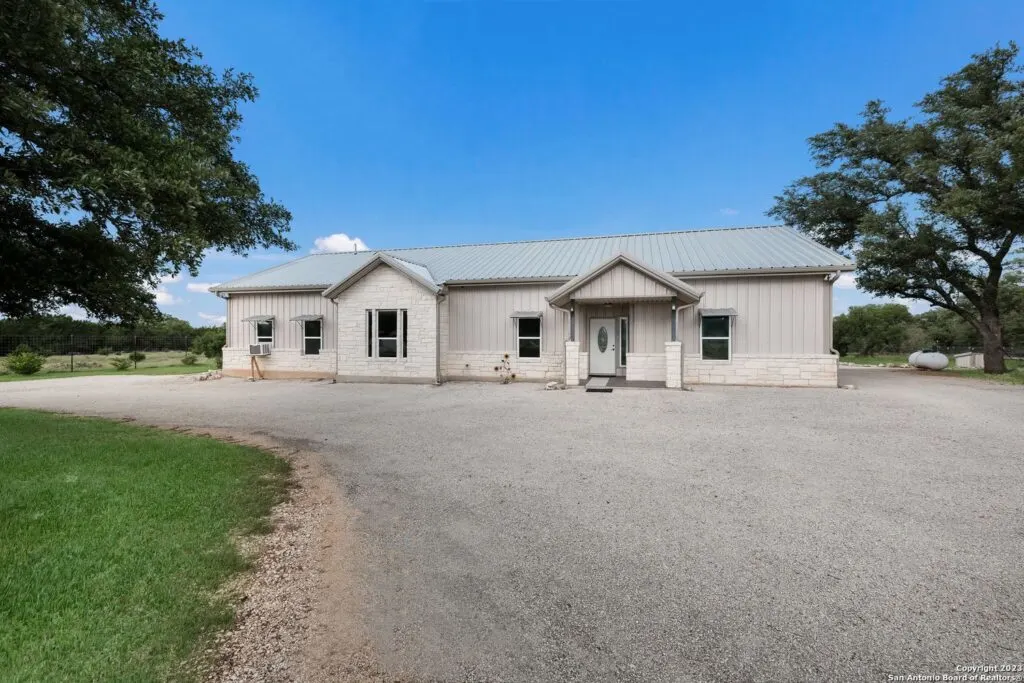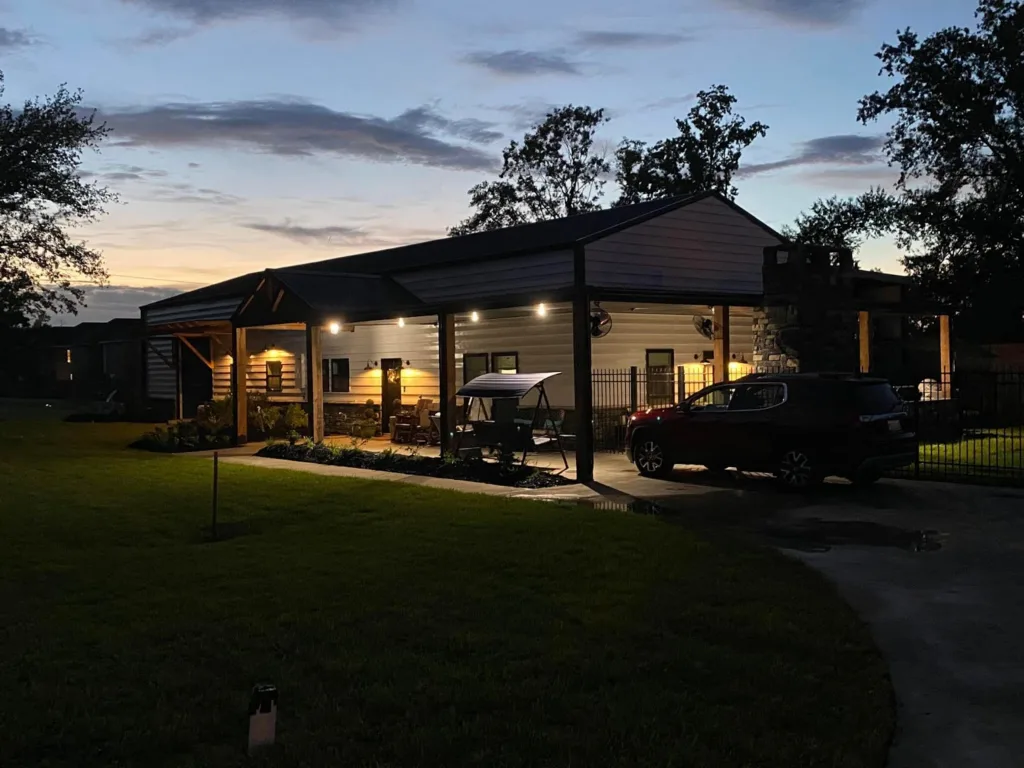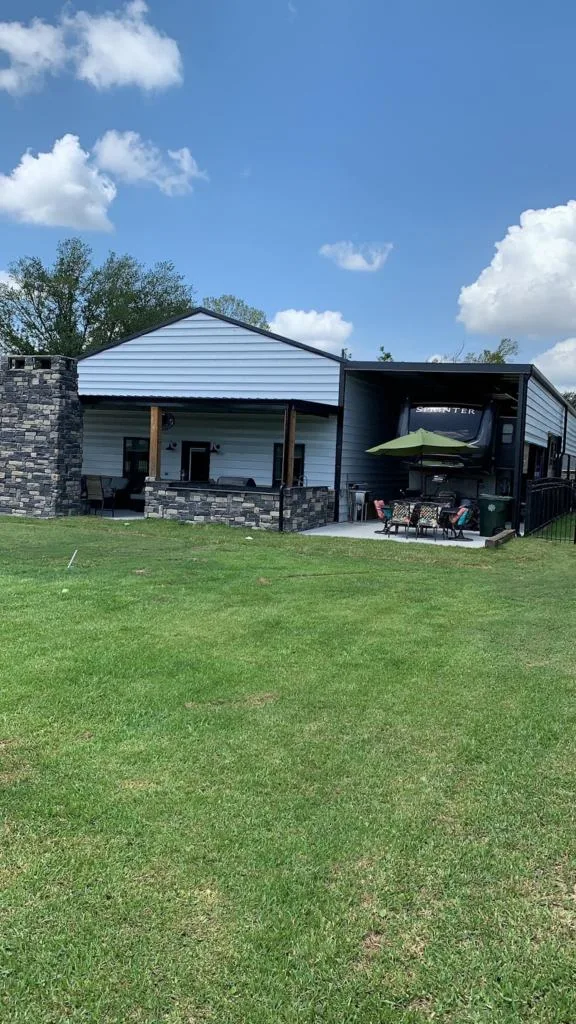Building a barndominium is one of the most rewarding projects you can take on. There are so many things you can do when it comes to customization and modifications. However, you will also have to protect your barndominium once it is built and make sure it has coverage. Knowing who issues the best barndominium insurance is a great way to protect yourself and your home.

It can be difficult to know exactly who issues the best barndominium insurance as all insurance needs are different. For example, someone who lives in a very rainy region will need different barndominium insurance from someone who lives in the desert. You can know what to look for in barndominium insurance, though. In this article, we have put together your complete guide to barndominium insurance so you can choose wisely and protect yourself.
Page Contents
Types of Barndominium Insurance
There are a few different types of barndominium insurance available to you, and some will be more suited to your needs than others. While it can be tempting to simply get the cheapest insurance coverage possible, this won’t give you the protection you deserve. Knowing what types of barndominium insurance are on the market can help you choose wisely. Should something happen, you’ll be happy that you got the right coverage for your home.
Homeowners Insurance
Perhaps the most basic type of barndominium insurance that everyone gets is standard homeowners insurance. Homeowners insurance covers you if something damages or destroys your home. Things like fires, floods, and other disasters can wreak havoc on your barndominium. If you don’t have barndominium insurance, you could end up on the hook for rebuilding or repairing it.
Homeowners insurance is there to keep you housed if an incident renders your home unlivable. There are a few different types of homeowners insurance including actual cash value and replacement value. Actual cash value will cover you for the amount that your home was worth when it was destroyed. Replacement value covers a complete rebuild. Depending on how much you want to spend on premiums, one or the other will be your best option.
Specialty Insurance
In some cases, you will have to get specialty barndominium insurance for your home. Odds are, when you go to get barndominium insurance, the company will not have a pre-made policy for barndos. Because of this, you may have to get some additional coverage and pay extra for it. However, this could end up being worth it in the long run if something happens to your home.
One of the ways to find out who offers the best specialty barndominium insurance is to simply ask around. If there are any barndominium owners in your area, ask who they use for insurance. They will have had to find specialty barndominium insurance for their homes. They will be more than happy to share the provider they use and give you any tips on getting the best deal.
Liability Insurance
Liability barndominium insurance is an incredibly important type of coverage that should not be overlooked. Liability insurance helps protect you in the event that someone gets injured on your property. While this may not seem like an important coverage type, it can be one of the biggest money savers. Medical bills are astronomical, and if someone gets hurt in or around your barndo, you’ll be happy you had it.
Liability barndominium insurance is especially important if you have animals on your property. Many barndominium owners have horses or livestock and they can be unpredictable. Make sure your liability barndominium insurance has provisions for if people are hurt by animals. Having this insurance will keep you safe and protect you from the responsibility of massive medical bills.
What to Consider When Looking for Barndominium Insurance
While knowing who issues the best barndominium insurance can be hard, there are ways to find the best policy. Not every provider will know exactly how to cover your barndominium, and they may not have a ready-made policy. However, you can know what to consider and get a custom-made plan. This will help ensure that your home is covered and that you don’t end up footing the bill if something happens to it.

Location
Location is one of the most important considerations when choosing a type of barndominium insurance. For example, if you live in an area that is always flooding, you want to be certain you are covered for that. Different regions will also have different insurance requirements in order to build there. Be sure you know what the zoning laws and codes are so you can get the proper insurance for where you are building your barndominium.
Value of Contents
One important thing to remember is that barndominium insurance doesn’t just cover the house itself. It also covers the contents of the home and the valuable items that are inside. Before you decide on the right amount of barndominium insurance coverage for your home, take a detailed inventory of your possessions. This should include things like furniture, electronics, and any other items that you want to be covered in your barndominium insurance policy.
Limitations and Exclusions
Some barndominium insurance policies will have very specific limitations and exclusions when it comes to their coverage. Some portions of the home may not be covered while others will be. Some barndominium insurance policies, for example, will only cover the liveable space of the home. Be sure to read the fine print of any barndominium insurance policy you are looking at so you can get the best coverage.

Additional Coverage
You may want to get some additional coverage with your barndominium insurance policy. Some of the extra coverage you can get includes things like personal injury policies and earthquake insurance. Your lifestyle and location will dictate whether or not these additions will or will not be necessary. While you will almost certainly have to pay more for them, they will help give you the most comprehensive coverage.
Final Thoughts
Getting the right barndominium insurance for your home is essential if you want to be protected. With a good barndominium insurance policy, you can rest easy knowing your home is covered. No matter what happens, you will be able to repair and rebuild your custom dream home.
If you would like more guides like this one, check out the rest of BarndominiumLife.com. There, you will find more helpful tips and tricks from the pros. You will also find featured barndominiums, barndominium floor plans, and information on financing and insurance. Knowing as much as you can will help you get the best results for your dream home.
